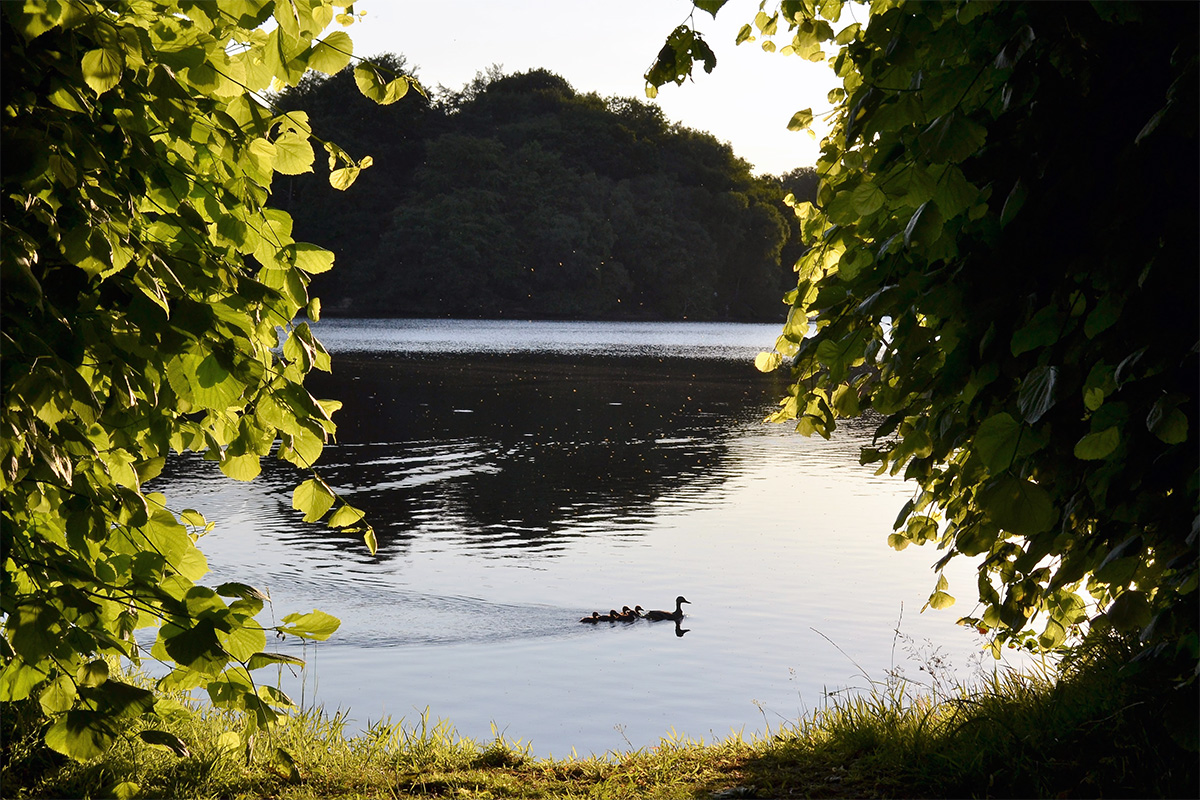Fifteen Facts about Earth
Earth, your home sweet home. It's the third rock from the Sun, the only place known to support life, and the planet with the best food. Just because you live there, doesn't mean you know everything about it. So, if you're an alien tourist like me, or a curious Earthling, here are fifteen facts to remind you how extraordinary Earth really is.
Earth is the third planet from the Sun
It sits at a comfortable 150 million kilometres (93 million miles) from the Sun - close enough to stay warm, but far enough not to burst into flames. It's perfect holiday weather, most of the time anyway.
Earth is the only planet known to support life
As far as science can tell, no other planet has oceans, forests, dogs, cats, horses, humans, jellyfish, houseplants that need watering, sharks, whales, porcupines, hedgehogs, sealions, stick insects, bees, kangaroos, penguins, trees, sheep, flamingoes, lemmings, hamsters, and any other of the countless living things that makes Earth their home. Earth has just the right mix of atmosphere, temperature, and liquid water to host millions of species - yourself included.
Water exists on Earth as a solid, liquid and gas
No other planet in the Solar System has this triple treat. From glaciers to oceans to clouds, water keeps the planet hydrated, soggy, rainy, wet and wonderful.
Earth has a molten iron heart
Deep below your feet is a swirling, molten core of metal. This generates a magnetic field that protects the planet from dangerous radiation and keeps the atmosphere from being blown away by the solar wind, a stream of dangerous particles flowing from the Sun. It's like Earth’s invisible forcefield.
Earth has one moon. Funnily enough, it's called the Moon.
The Moon is thought to have formed from a collision of a Mars-sized planet into an early Earth back when the planet was first forming. Since then, the two objects have grown up together, keeping each other company in their journey around the Sun. The Moon helps control tides, keeps Earth's axis stable, and lights up the night-time sky. It's the largest moon in the Solar System relative to the size of its planet.
Earth’s continents are on the move
Tectonic plates float on the semi-molten mantle below. They're responsible for earthquakes, volcanoes, and the occasional surprise mountain. One day, the continents may smoosh back into a supercontinent, similar to how they started out. Not next week, though - probably in 250 million years or so.
Earth is tilted, and that tilt gives the planet its seasons
Earth leans at an angle of 23.5 degrees. As it orbits the Sun, different parts get more or less sunlight. Without that tilt, it'd have no seasons. Just endless spring... which doesn’t sound too bad, but might get dull after a bit.
A day isn’t exactly 24 hours
Technically, Earth spins once every 23 hours, 56 minutes, and 4 seconds. That’s known as a sidereal day. To make it simpler on clocks and watches, this is rounded up to 24 hours.
A year isn't exactly 365 days.
It's not only days where numbers are rounded to make life easier. Earth actually takes 365 days, 5 hours, 48 minutes, and 46 seconds to complete a full journey around the Sun. For most years, they are rounded down to 365 days, but to account for those extra 5 hours, 48 minutes (don't forget the 46 seconds!) that get lost by doing this, an extra day is added every four years to get things back into sync. A year containing this bonus day is called a Leap Year.
Earth is the densest planet in the Solar System
It's not the largest planet in the Solar System, but Earth is heavier per cubic metre than any of its planetary siblings. It’s full of heavy metals and thick rock. Bob's favourite type of music in fact.
Earth’s atmosphere keeps everything alive
Earth's atmosphere contains 78% nitrogen, 21% oxygen, and 1% of other gases. The nitrogen doesn't really do much, apart from making the sky look blue. Oxygen is handy for living creatures that need to breathe it. 0.04% of the atmosphere is carbon dioxide. It doesn't sound much but this gas plays a massive role in moderating Earth's temperature, and providing energy for trees and plants. The atmosphere also shields the planet from solar radiation (helps to prevent sunburn!), burns up meteors, and stops things from floating away.
Earth is geologically active
Volcanoes erupt, earthquakes rumble, and continents drift. This geological activity renews the surface, creates habitats, and sometimes causes things to rattle unexpectedly.
Water covers about 71% of Earth’s surface
So why is it called "Earth"? Excellent question. And one that will be answered in a fact coming very soon. But yes, only about 29% of the planet is land. The rest is deep blue sea, much of it still unexplored.
Earth’s name isn’t mythological
All the other planets are named after Roman or Greek gods, but not Earth. Its name comes from the Old English and Germanic word, eorðe, which means “ground" or "soil". So, it seems that people just named it after the stuff they were standing on at the time. Suppose that explains why it wasn't called Water, as they'd just sink if they tried to stand on that.
Earth is slowing down
Tidal forces from the Moon are gradually slowing Earth’s rotation. A few hundred million years ago, a day was just 22 hours long. In the far future, days will stretch out even longer - possibly 25 or 26 hours. So yes, your descendants may eventually have enough hours in the day to get everything done.









